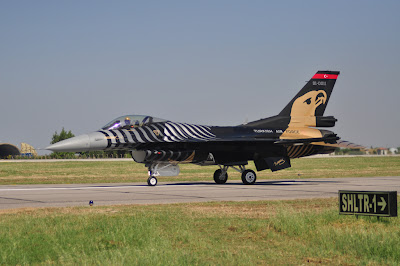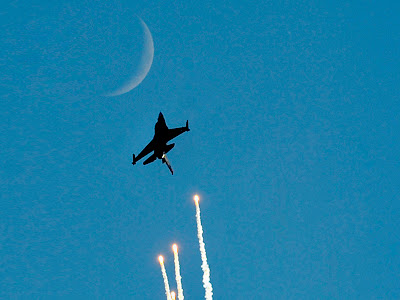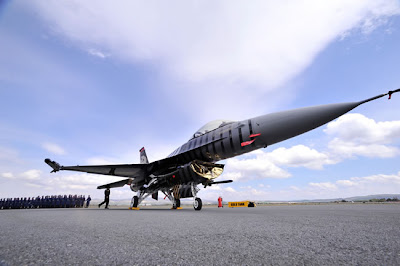F-14A Tomcat jet wallpapers
Large and powerful two-seat, twin-engine, shipboard fighter with variable geometry wings. The weapons system and the Phoenix missile armament are unrivalled for long-distance interceptions, making the F-14 one of the most effective heavy fighters. The original F-14A model was powered by TF30 engines, but the TF30 was too unreliable and not powerful enough. After a lot of experimentation, the F110 engine was adopted, and installed in new-built F-14Ds or upgraded F-14Bs (Formerly known as F-14A+). The F-14D also introduced digital instead of analog avionics.





















































